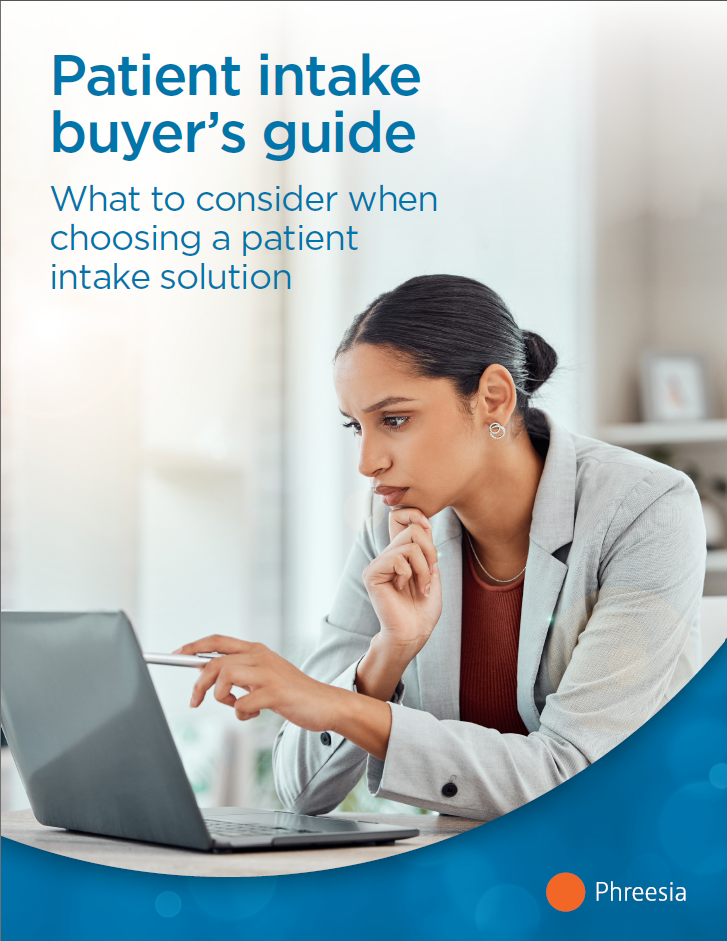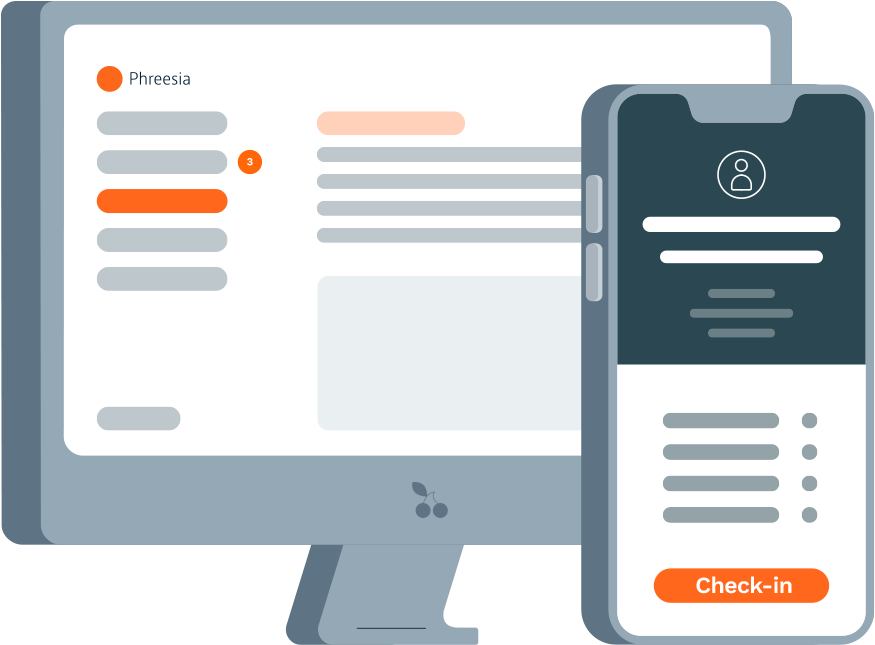Picture this: You and your team are overworked and understaffed, and you need a way to work more efficiently.
Sound familiar? Then it’s time to consider a patient intake solution.
This buyer’s guide walks you through exactly what to consider as you compare patient intake solutions for your organization. We’ll explore three stages:
- Identifying your needs: Considering the goals you need to achieve, the needs across your organization and the types of tools you’ll need to get there can help you determine which vendor you’ll work with.
- Evaluating a partner: Ask the right questions to find a company that will be your partner in transformation, complete with a dedicated customer service team, after-hours support and in-house subject matter expertise.
- Investing in the right solution: Determine which of your options is right for your healthcare organization. Who has the tools you need to create the modern, convenience experience that staff need and patients expect?
Click the image to download the buyer’s guide.






